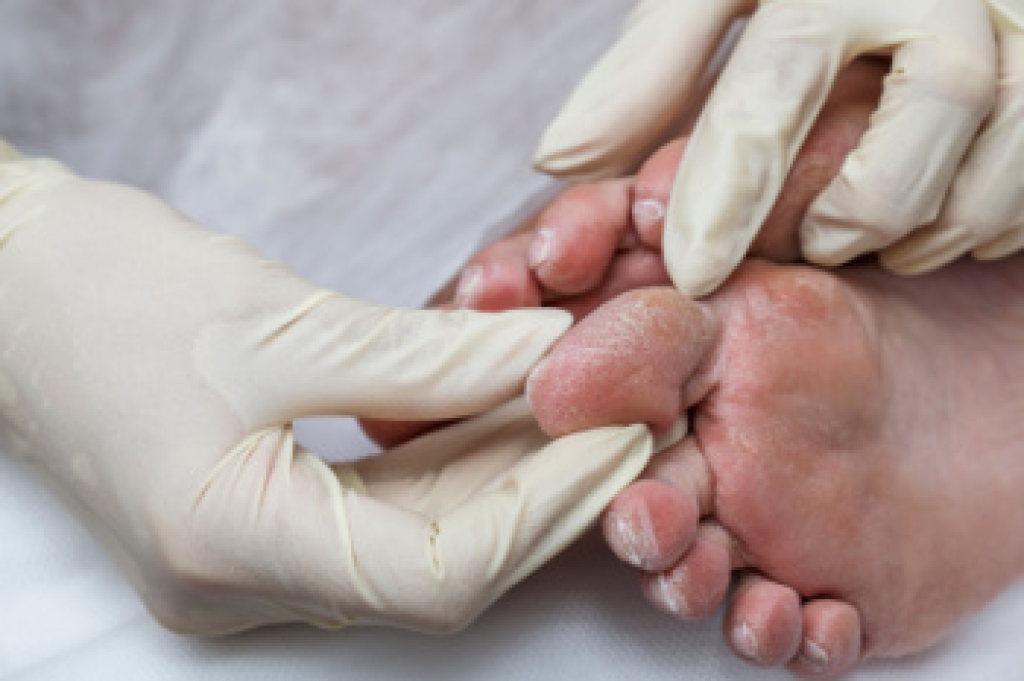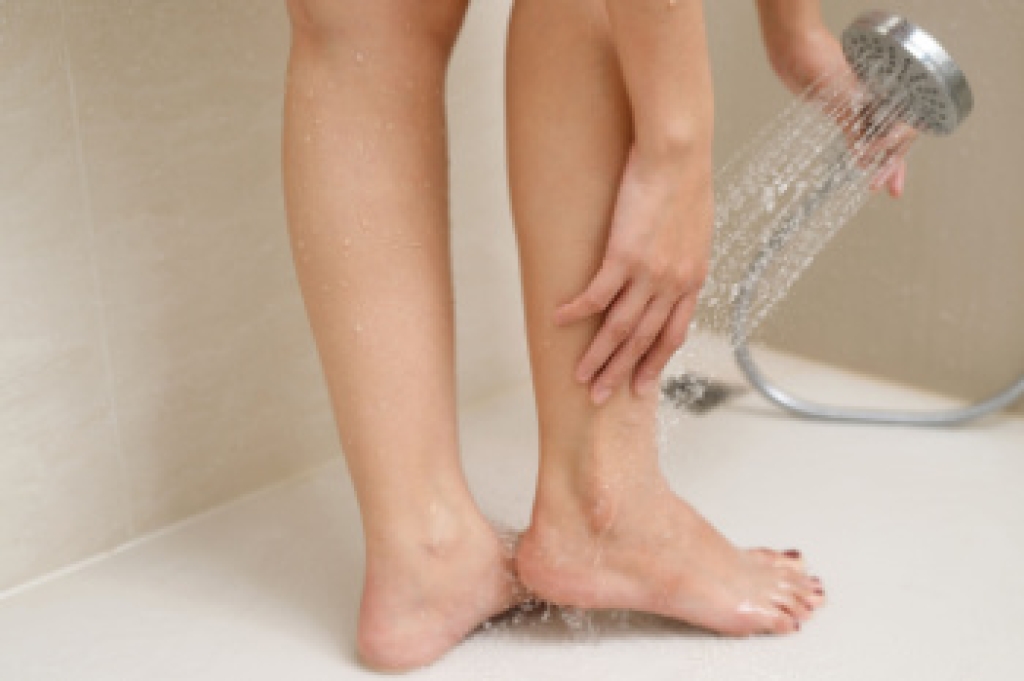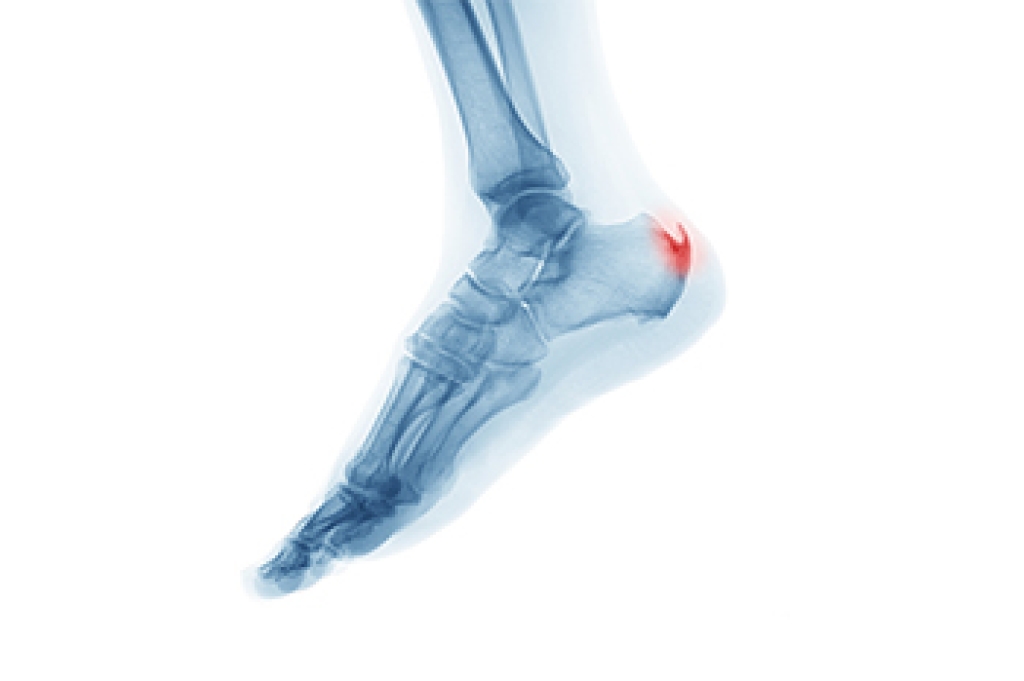Diabetic Foot Problems and Care

Diabetes can lead to various foot problems that require prompt attention. Common issues include loss of feeling due to nerve damage, dry skin that may crack, tingling or burning sensations, fungal infections, and ingrown toenails. These conditions increase the risk of ulcers and slow healing. Without proper care, minor problems can progress to serious complications. A chiropodist can perform thorough foot examinations, provide safe nail and skin care, treat infections, and recommend footwear to protect sensitive feet. Regular visits can help detect changes early and prevent severe outcomes. If you have diabetes, it is suggested that you are under the care of a chiropodist who can help you to manage this serious condition that often affects the feet.
Diabetes can cause serious problems in the lower limbs if proper preventive measures are not taken and diabetic wound care is not performed. If you would like to learn more about caring for diabetic feet, please consult with one of the chiropodists from The Footcare Centre. Our chiropodists can help you maintain the health of your lower limbs and your mobility.
Diabetes can lead to a host of foot and ankle complications, including:
- Poor circulation
- Peripheral neuropathy
- Diabetic foot wounds and ulcers
- Infection
- Corns and calluses
- Dry, cracked skin
- Nail disorders
- Hammertoes
- Bunions
- Charcot foot
If you have diabetes, you must be vigilant of any changes in your foot health. This is best done through daily foot inspections. Using a mirror to help you if necessary, look for any:
- Cuts, scrapes, sores, or wounds
- Bruising or discoloration
- Swelling
- Rash
- Foul odor
- Nail changes
- Hair loss
- Warmth and inflammation
- Deformities
- Lower limb pain
- Strange sensations (numbness, tingling, burning, pins, and needles)
If you have any questions please feel free to contact our office located in Niagara Falls, ON .
Foot Conditions Linked to Poor Hygiene

Foot health depends heavily on good hygiene, especially when it comes to avoiding infections that thrive in warm, damp environments. Ringworm, a fungal skin infection, can affect the feet and appear as red, scaly patches, often spreading between the toes or along the sole. Hookworm, more common in areas with poor sanitation, can enter through the skin, usually when walking barefoot on contaminated soil, leading to itchy rashes and skin irritation. Other hygiene-related problems include athlete’s foot, fungal nail infections, unpleasant odor, and bacterial skin infections, all of which are more likely when feet are not washed and dried properly or are confined in tight, sweaty shoes. Regular cleaning, wearing breathable footwear, and protecting feet in communal areas can reduce the risk of infection. If you notice skin irritation, rashes, or other persistent foot symptoms, it is suggested you schedule an appointment with a chiropodist for evaluation and appropriate care.
Caring for your feet is not just something done at the chiropodist’s office. Good foot care starts at home. If you would like to learn more about daily foot care practices, please consult with one of the chiropodists from The Footcare Centre. Our chiropodists can help you maintain the health of your lower limbs and your mobility.
There are many things that you can do at home to help care for your feet, including:
- Wearing shoes and socks that fit properly
- Washing the feet daily with soap and water
- Drying the feet thoroughly
- Applying moisturizer to the soles and heels of the feet
- Taking a walk and exercising the feet regularly
- Doing foot stretches and strengthening exercises
A chiropodist can help figure out a manageable foot care routine for you to keep your feet healthy. If you have any questions please feel free to contact our office located in Niagara Falls, ON .
Persistent Heel Pain Caused by Heel Spurs

A heel spur is a bony growth that forms on the underside of the heel bone, often caused by repeated stress and strain on the foot. It is commonly linked to inflammation and microtears of the plantar fascia, the tissue that supports the foot arch. Causes include prolonged standing, excessive running, or wearing unsupportive footwear. Risk increases with age, flat feet, and intense physical activity. Symptoms may include sharp heel pain, especially during the first steps in the morning. A chiropodist can diagnose heel spurs through examination and imaging, and offer treatments such as custom orthotics, exercises, and supportive care. If heel pain is affecting your mobility, it is suggested that you schedule a visit with a chiropodist for expert relief and prevention.
Heel spurs are bony outgrowths from calcium deposits. They occur at the back of the heel bone or underneath the heel bone and usually form in response to chronic irritation of the Achilles tendon or plantar fascia. They are often asymptomatic, but if you are suffering from heel pain, please consult with one of the chiropodists from The Footcare Centre. Our chiropodists can help you maintain the health of your lower limbs and your mobility.
Symptoms of Heel Spurs
- Tenderness
- Heel pain
- Pain when walking
- No symptoms
Diagnosis
Since heel spurs are often asymptomatic, they are usually only diagnosed when they are found on the heels incidentally during an X-ray taken for another reason. Nevertheless, if you have heel pain, and particularly if you have plantar fasciitis or Achilles tendonitis, it may be worth it to see if you have heel spurs too.
Treatment
Unless they are causing symptoms, heel spurs typically don’t require any treatment. When they are symptomatic, treatments are typically conservative. They may include resting and icing the affected foot, taking anti-inflammatory medications, and wearing orthotics or supportive footwear, especially while exercising.
If you have any questions please feel free to contact our office located in Niagara Falls, ON .


